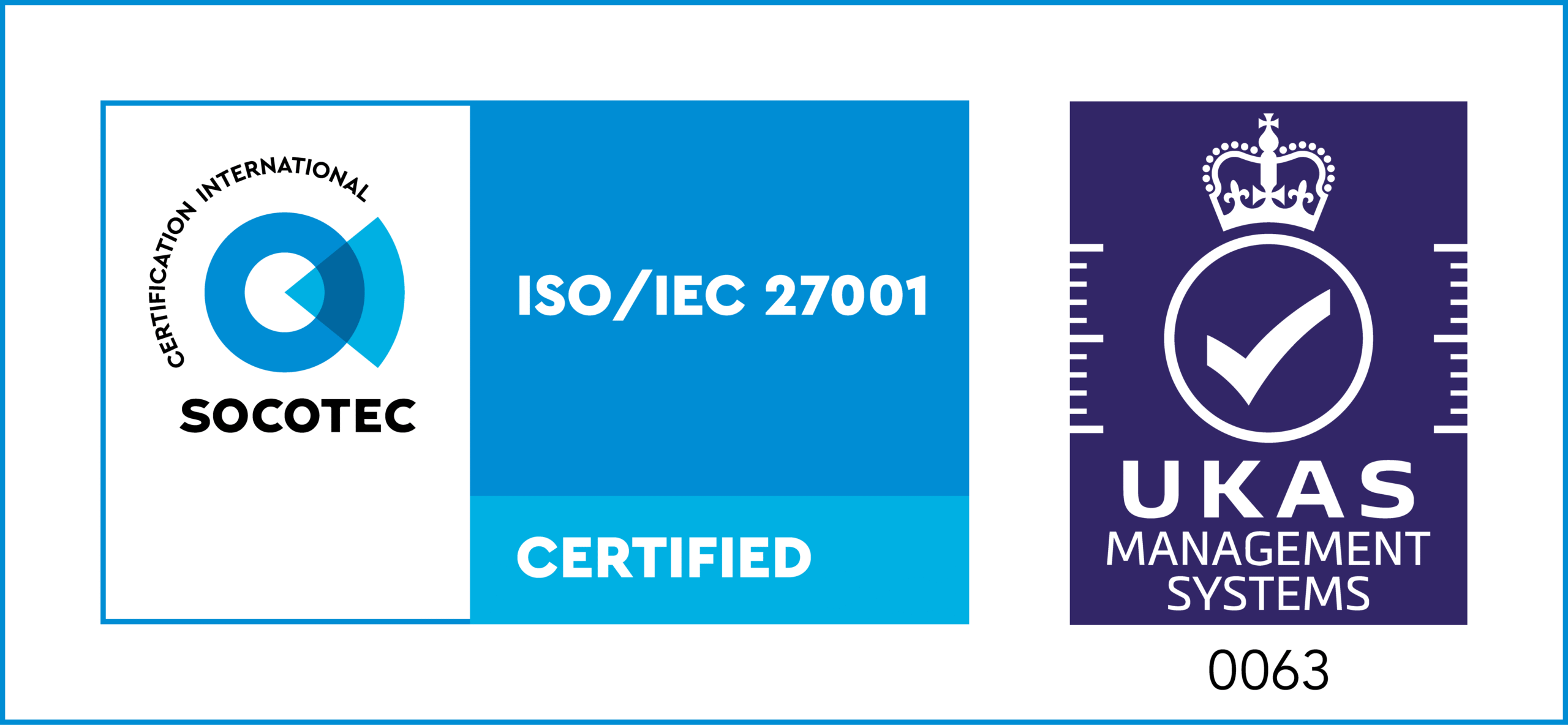Organisations face an ever-growing number of cyber security challenges. While cyber attacks and other external threats often dominate headlines, insider threats – risks posed by people within the organisation – can be just as harmful, if not more so. Whether intentional or unintentional, these risks can jeopardise sensitive information, disrupt operations and damage an organisation’s reputation.
What is an Insider Threat?
An insider threat arises when someone within an organisation – such as an employee, contractor or partner – uses their authorised access to harm the organisation. This harm can come in various forms, including theft of intellectual property, sabotage of systems or unintentional exposure of sensitive data.
Insider Threats are broadly categorised into two types:
- Malicious Insiders: These people intentionally misuse their access to cause harm. This may be, for example, a disgruntled employee stealing sensitive data or planting malware.
- Negligent Insiders: As the name would suggest, these people unintentionally expose an organisation to risks. This is often through human error, such as falling victim to phishing attacks or mishandling sensitive documents.
Why Are Insider Threats Dangerous?
Insiders already have access to sensitive systems, making it harder to spot and counter their actions. Key risks include:
- Data Breaches: Insiders can expose confidential customer or business information, leading to financial loss, the potential for fines and associated reputational damage.
- Operational Disruption: Sabotage or misuse of critical systems can halt operations, which directly impacts productivity and revenue.
- Intellectual Property Theft: Proprietary data, trade secrets or technology can be stolen and sold to competitors or foreign entities.
Common Indicators of Insider Risk
While insider threats can be challenging to identify, certain behaviours may raise red flags, such as:
- Unexplained access to sensitive files or systems outside an individual’s normal job scope.
- Frequent attempts to bypass security protocols.
- Sudden changes in behaviour, such as anger toward the organisation or financial distress.
- High turnover in roles with access to sensitive information.
Preventing and Mitigating Risks of Insider Threats
The key to effectively managing risk associated with insider threats is the adoption of a multi-faceted approach:
1. Establish a Culture of Positive Security
Work with the HR team to:
- Build an environment where employees understand the importance of safeguarding organisational assets.
- Promote open communication to address grievances before they escalate.
2. Implement Robust Access Controls
Work with Business Managers to define policies that will:
- Differentiate and categorise data sets e.g. Sales, HR, Operations.
- Regularly review and update access permissions as roles and responsibilities change.
- Assign permissions based on job roles.
- Work to the ‘principle of least privilege’: Employees only access what is necessary for their role.
- Implement multi-factor authentication (MFA) for added security layers.
- Consider Just-In-Time (JIT) access for temporary system or data access when required.
3. Implement Data and Endpoint Security
Work with the IT team to develop technical solutions to:
- Implement data loss prevention (DLP) tools.
- Block unauthorised transfers to external devices or cloud storage.
- Encrypt sensitive data both at rest and in transit.
- Use file integrity monitoring (FIM) to detect unauthorised changes.
- Employ endpoint detection and response (EDR) monitoring.
- Restrict removable media use and enforce approved device policies.
4. Application and Network Security
Work with the IT team to develop technical solutions that:
- Use network segmentation to limit lateral movement.
- Enable application whitelisting for authorised applications.
- Employ web content filtering for restricted website access.
5. Incident Response
- Automate alerts and response triggers for detected suspicious behaviour.
- Conduct desktop exercises involving IT, Business Managers, and HR.
- Engage third-party forensic tools for incident investigation.
6. Identity and Credential Security
- Use Privileged Access Management (PAM) to monitor privileged accounts.
- Implement credential theft protection.
- Synchronise access rights with employee status changes.
7. Enhance Auditing and Detection
- Use User Behaviour Analytics (UBA) for behaviour analysis.
- Install a Security Information and Event Management (SIEM) platform.
- Enable session recording for auditing and investigation.
8. Provide Regular Training
- Educate employees on recognising social engineering and phishing attempts.
- Ensure awareness of negligence or malicious action consequences.
9. Develop an Insider Threat Programme
- Create a formal programme to assess, detect, and respond to insider risks.
- Collaborate across departments such as HR, IT, and Legal.
Leadership plays a pivotal role in mitigating insider threat risk. By establishing clear policies, encouraging accountability, and maintaining transparency, leaders can create a workplace where employees feel valued and less inclined to engage in malicious activity.
How Can Ascentor Support You in Combating Insider Risk?
While insider risk cannot be eliminated entirely, proactive measures – such as strong access controls, employee education and continuous monitoring – can reduce their likelihood and impact.
Ascentor can work with you to develop an effective Insider Risk Mitigation Framework, which is the National Protective Security Authority’s (the UK authority on Personnel Security) key recommendation to reduce insider risk.
Implementation of a risk mitigation framework helps your business to:
- Reduce the risk of recruiting staff who are likely to present a security concern.
- Minimise the likelihood of existing employees becoming a security concern.
- Reduce the risk of insider activity, protect the organisation’s assets and, where necessary carry out investigations to resolve suspicions or provide evidence for disciplinary procedures.
- Implement security measures in a way that is proportionate to the risk.
To discuss insider risk in more detail, and how our expert consultants can support your organisation, get in touch today.





